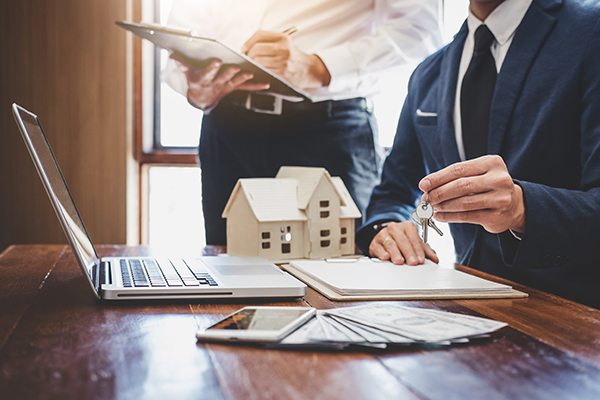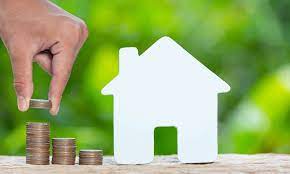Urban real estate planning plays a vital role in shaping cities and communities. As urban populations continue to grow, it is crucial to focus on sustainable development to ensure the long-term viability and livability of our urban areas. Sustainable development in urban real estate planning involves incorporating environmentally-friendly practices, promoting social equity, and fostering economic prosperity. This article explores various strategies and considerations for achieving sustainable development in urban real estate planning.
1. Smart Growth and Compact Development
One of the key principles of sustainable development in urban real estate planning is smart growth and compact development. This approach aims to create walkable and transit-oriented communities, reducing the reliance on cars and promoting sustainable modes of transportation. By concentrating development in existing urban areas, it helps preserve natural habitats and open spaces.
2. Energy Efficiency and Renewable Energy
Another critical aspect of sustainable development in urban real estate planning is incorporating energy-efficient design and utilizing renewable energy sources. Buildings account for a significant portion of energy consumption and greenhouse gas emissions. Implementing energy-efficient technologies, such as efficient insulation, LED lighting, and solar panels, can significantly reduce the carbon footprint of urban areas.
3. Green Infrastructure and Open Spaces
Integrating green infrastructure, such as parks, gardens, and urban forests, into urban real estate planning is essential for sustainable development. These green spaces provide numerous benefits, including improved air quality, reduced urban heat island effect, and enhanced biodiversity. Additionally, they offer recreational opportunities and contribute to the overall well-being of residents.
4. Mixed-Use Development and Affordable Housing

Sustainable development in urban real estate planning also involves promoting mixed-use development and ensuring the availability of affordable housing. Mixed-use developments combine residential, commercial, and recreational spaces in close proximity, reducing the need for long commutes and enhancing community interactions. Affordable housing is crucial for maintaining social equity and preventing urban sprawl.
5. Water Management and Conservation
Efficient water management and conservation strategies are integral to sustainable urban real estate planning. Implementing rainwater harvesting systems, using water-efficient fixtures, and promoting water conservation practices can help reduce water consumption and minimize strain on water resources. Additionally, incorporating green stormwater infrastructure, such as bioswales and permeable pavements, can reduce water runoff and improve water quality.
6. Community Engagement and Participation
Community engagement and participation are vital for successful sustainable development in urban real estate planning. Involving residents, businesses, and community organizations in the planning process fosters a sense of ownership and ensures that the development aligns with their needs and aspirations. It allows for the integration of diverse perspectives and encourages innovative solutions.
Sustainable development in urban real estate planning is essential for creating thriving, resilient, and inclusive cities. By implementing strategies such as smart growth, energy efficiency, green infrastructure, mixed-use development, water management, and community engagement, we can shape urban areas that meet the needs of current and future generations while preserving the environment and promoting social well-being.

